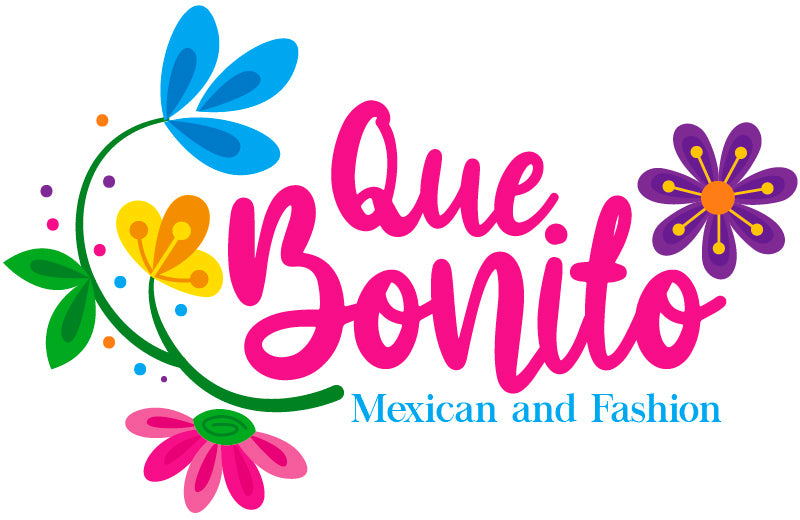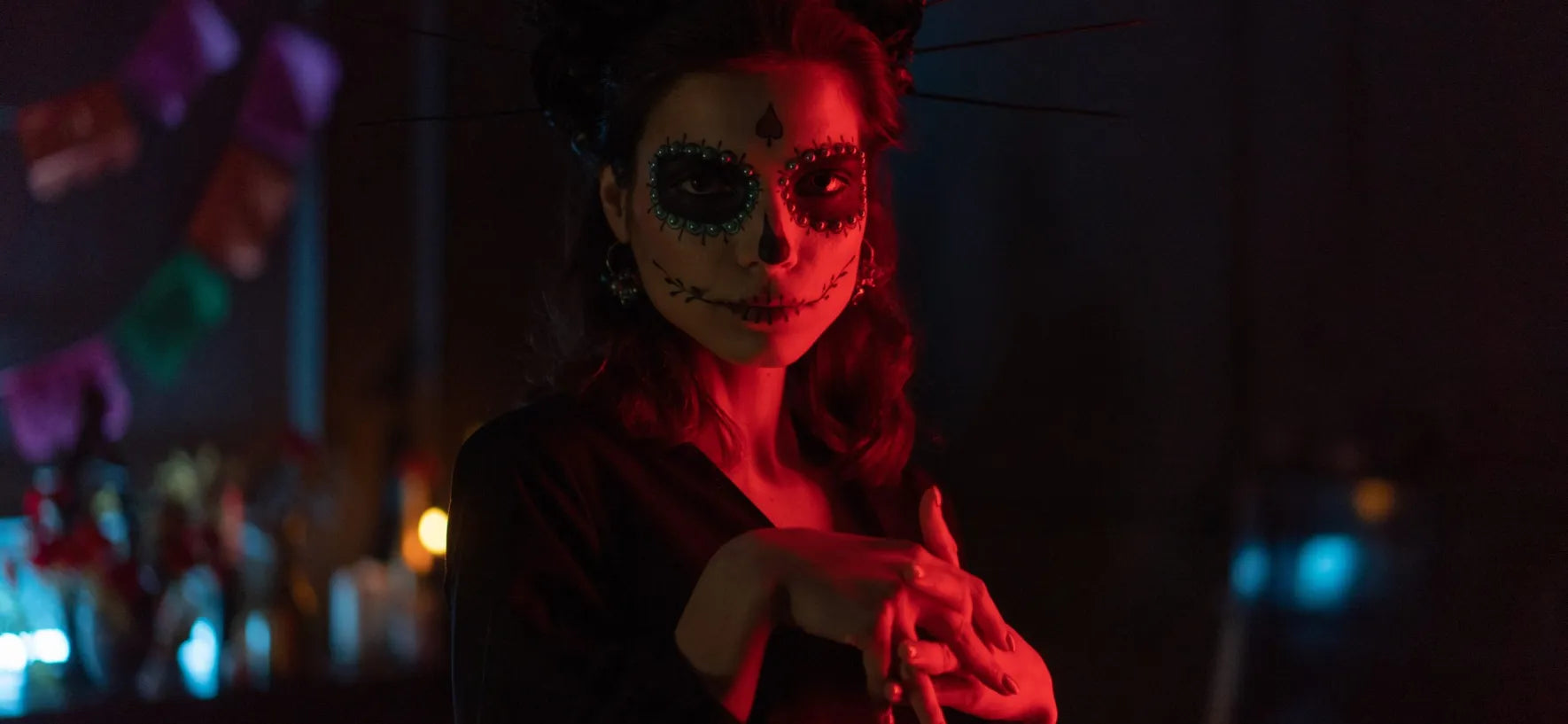Day of the Dead, a celebration of memory and a ritual that privileges remembrance over oblivion.
In pre-Hispanic times, the cult of death was one of the basic elements of the culture, when someone died he was buried wrapped in a mat and his relatives organized a party to guide him on his journey to Mictlán. Likewise, they would place food that they had enjoyed during their lifetime, in the belief that they might feel hungry. The Day of the Dead in the indigenous vision implies the transitory return of the souls of the deceased, who return home, to the world of the living, to live with their relatives and to nourish themselves with the essence of the food offered to them in the altars placed in their honor. In this Day of the Dead celebration, death does not represent an absence but a living presence; death is a symbol of life that materializes in the altar offered. In this sense, it is a celebration that carries a great popular transcendence since it includes diverse meanings, from philosophical to material. Its origin is located in the harmony between the celebration of the Catholic religious rituals brought by the Spaniards and the commemoration of the Day of the Dead that the indigenous people carried out since pre-Hispanic times; the ancient Mexicas, Mixtecs, Texcocanos, Zapotecs, Tlaxcalans, Totonacs and other native peoples of our country, transferred the veneration of their dead to the Christian calendar, which coincided with the end of the agricultural cycle of corn, the main food crop of the country.
The celebration of the Day of the Dead takes place on November 1 and 2, since it is divided into categories: According to the Catholic calendar, November 1 corresponds to All Saints, a day dedicated to the "chiquitos muertos" or children, and November 2 to the Fieles Difuntos, that is, to adults Each year many families place ofrendas and altars decorated with cempasúchil flowers, paper, sugar skulls, pan de muerto, mole or some dish that the family members to whom the offering is dedicated liked, and as in pre-Hispanic times, incense is placed to aromatize the place. Likewise, the festivities include decorating the tombs with flowers and many times making altars on the tombstones, which in indigenous times had a great significance because it was thought to help lead the souls to travel on a good path after death. Tradition also indicates that, to facilitate the return of the souls to earth, petals of cempasúchil flowers should be scattered and candles should be placed tracing the path they will travel so that these souls do not get lost and reach their destination. In ancient times this path went from the family's home to the cemetery where their loved ones were laid to rest. The Day of the Dead is celebrated throughout Mexico, with some variations depending on the region or state. In Mexico City, in the municipality of Tláhuac, there is a small town called Mixquic, which means "where there is mesquite", one of the most important places in Mexico. The most visited places during these days because its celebration is attached to Mexican traditions and is held in conjunction with the town fair. On November 2, "La Alumbrada" takes place, where thousands of candles illuminate the tombs decorated with flowers. Oaxaca, one of the most culturally rich states, the Day of the Dead celebration is one of the most significant. The altars are decorated with a white tablecloth or papel picado and are divided into steps, each one having a special meaning: the first one represents the grandparents and/or adults, while the second or successive ones are for everyone else. During this festivity you can attend an infinite number of exhibitions in Oaxaca. Other states and places that stand out in Mexico during this festivity are: Janitzio and Patzcuaro in Michoacan, Xochimilco in Mexico City and Cuetzalan in Puebla, to name a few. It is worth mentioning that the United Nations Educational, Scientific and Cultural Organization (UNESCO) declared in 2008 this festival as Intangible Cultural Heritage of Humanity, due to its importance and significance as it is a traditional expression -contemporary and living at the same time-, integrating, representative and communitarian. For UNESCO, the annual encounter between indigenous peoples and their ancestors fulfills a considerable social function by affirming the role of the individual within society. It also helps to reinforce the cultural and social status of Mexico's indigenous communities. The Day of the Dead is considered a celebration of memory and a ritual that privileges remembering over forgetting. In Mexico, the celebration of the Day of the Dead varies from state to state, from municipality to municipality and from town to town, however throughout the country it has the same principle, to bring families together to welcome their loved ones who return from the afterlife.



